This robot is unstoppable. And pretty cute, too.


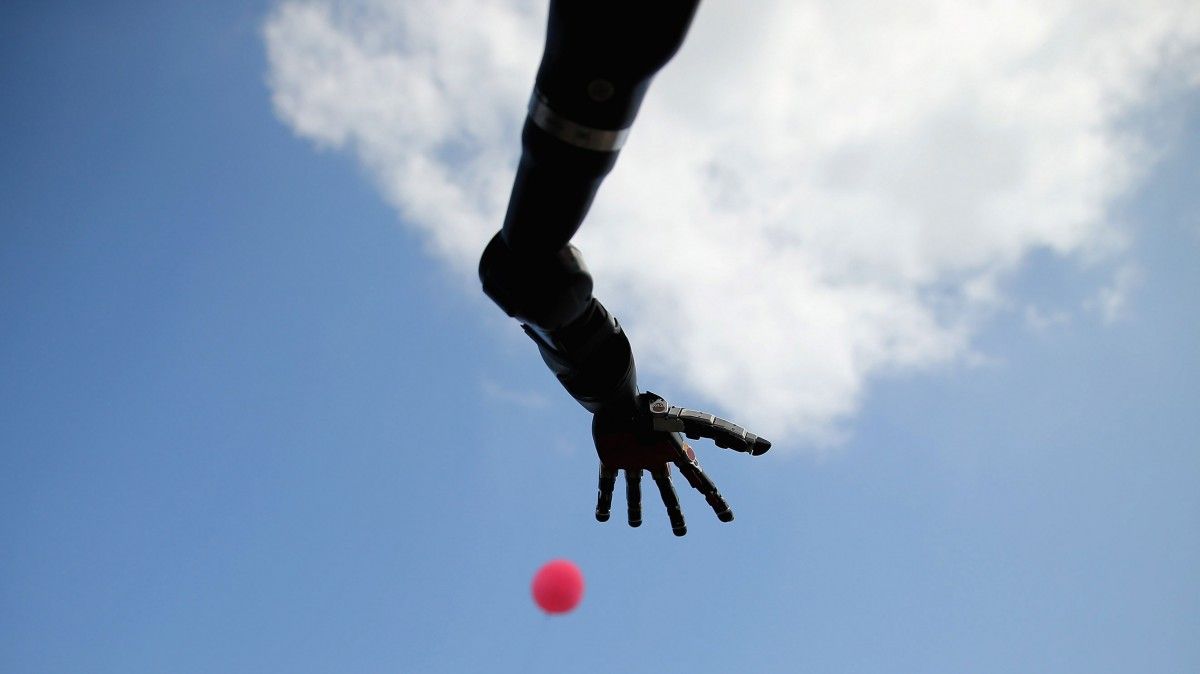
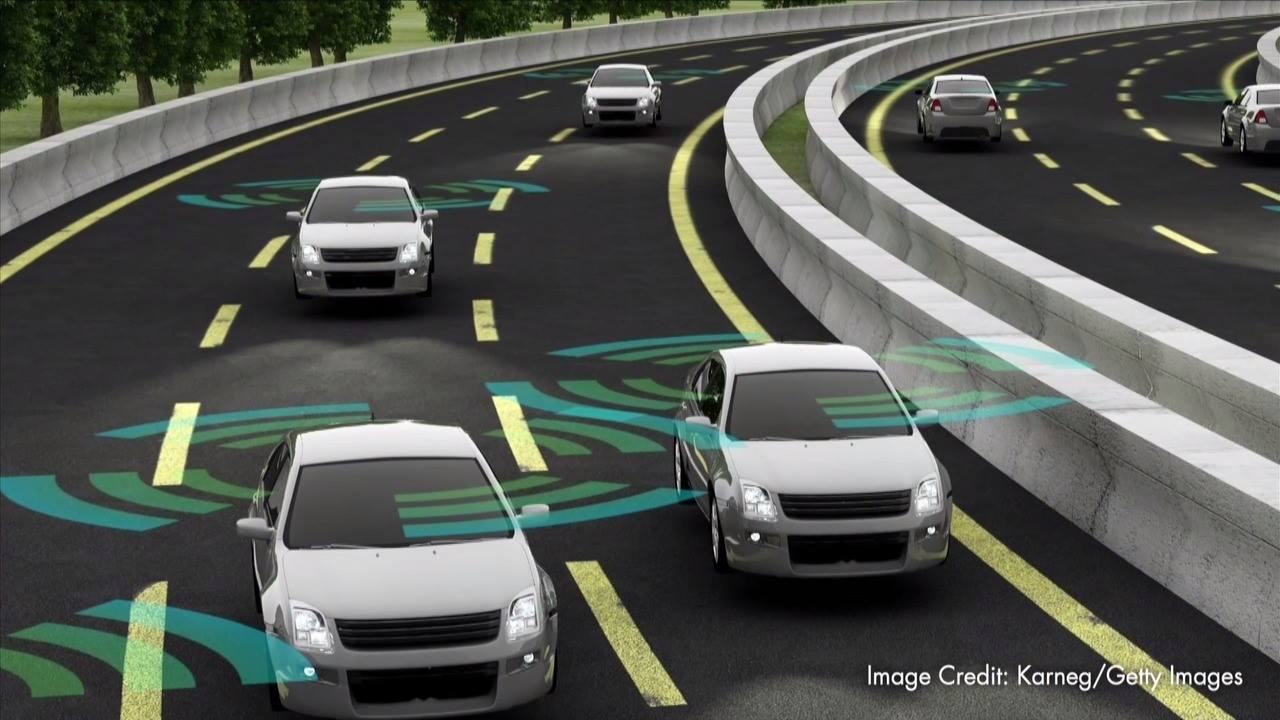
It’s not practical to test drive autonomous vehicles enough to prove that they are safe, says RAND’s Nidhi Kalra. What barriers must be overcome to get self-driving cars safely on the streets? r.rand.org/3umk

JERUSALEM (AP) — As the world moves toward an era of self-driving cars, Israel is positioning itself to be the Detroit of the future.
The country has emerged as a global leader in the fast-growing field of driverless cars, as illustrated by Intel’s more than $15 billion acquisition of Israeli firm Mobileye this week.
Israel is now home to hundreds of startups that provide everything from sensors to cybersecurity to data collection for autonomous vehicles, putting it alongside Silicon Valley at the forefront of an industry that many expect to take off over the next decade.
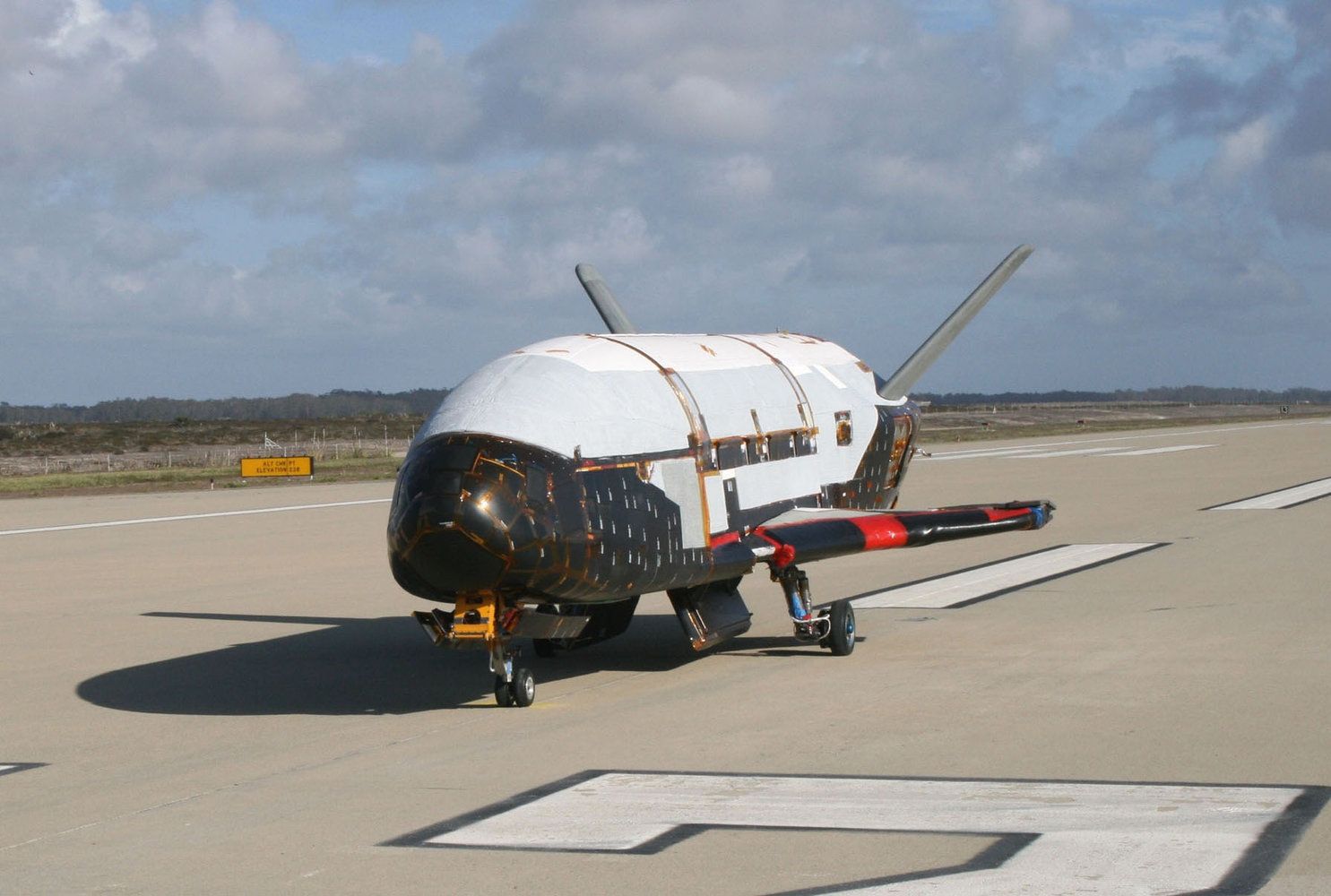
The U.S. Air Force’s X-37B space plane is just eight days away from setting a record on its current clandestine mission.
If the robotic vehicle stays aloft until March 25, it will break the X-37B mission-duration mark of 674 days, which was established back in October 2014.
It’s unclear whether that will actually happen, however; the Air Force is tight-lipped about most X-37B payloads and activities, including touchdown plans. [The X-37B’s Fourth Mystery Mission in Photos].
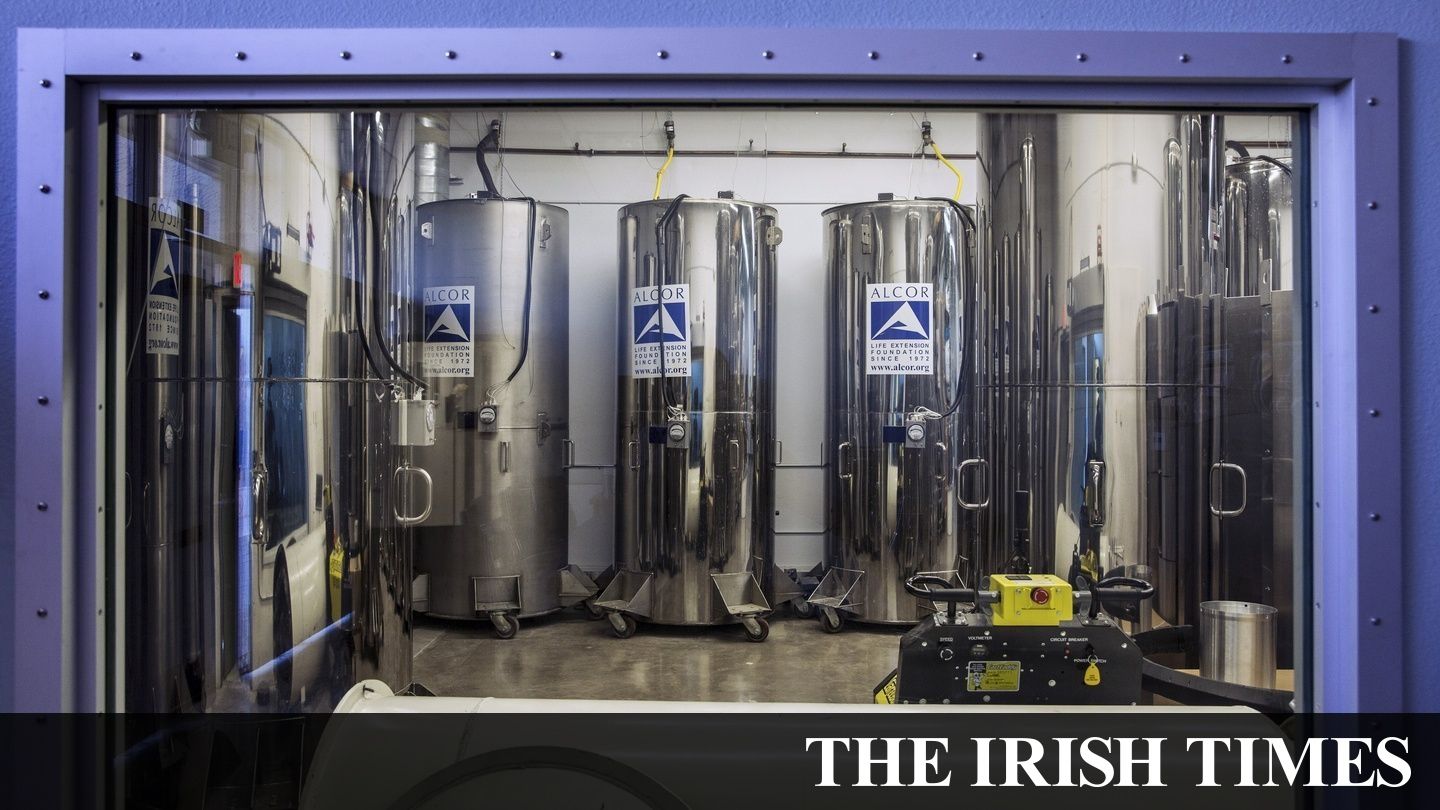
A nice long feature on #transhumanism in The Irish Times, one of Ireland’s largest papers. It focuses on the book To Be A Machine: http://www.irishtimes.com/culture/books/who-wants-to-live-forever-transhumanism-s-promise-of-eternal-life-1.3010223 Separately, The New York Times ran a rather somber view of a few transhumanism books, two of the books (The Body Builders & To Be a Machine) which I’m quoted in: https://www.nytimes.com/2017/03/16/books/review/gene-machine-bonnie-rochman.html?_r=0
Mark O’Connell has spent several years talking to people who want to live through robots and technology, and he admits it stems from his own obsession with death.

3 Christian articles/sites w/ #transhumanism in it: http://www.christianpost.com/news/google-directors-hope-for-computers-inside-human-brains-is-anti-christ-human-rights-abuse-theologians-explain-177809/ & http://straightoutthegate.com/tech-savings-gate/zoltan-istvan-on-transhumanism-politics-and-why-the-human-body-has-to-go/ & https://blogs.lcms.org/2017/storming-gates-paradise
Google’s director of engineering is saying implanting computers “inside our brains” is upon us, words theologians and Christian bioethicists consider a “slap in the face” to Christ and would result in horrific human rights violations.
According to the Daily Mail, Ray Kurzweil, a futurist who works on Google’s machine learning project, said at the South by Southwest conference taking place this week in Austin, Texas, that by the year 2029, technological “singularity” will be achieved, the complete merging of human and computer intelligence.
By that time “computers will have human-level intelligence,” Kurzweil said in an interview with South by Southwest. “That leads to computers having human intelligence, our putting them inside our brains, connecting them to the cloud, expanding who we are.” The joining together of human beings and computer technology at this level, he maintained, will make people “funnier,” “sexier,” and will “exemplify all the things that we value in humans to a greater degree.”
But bioethicists and theologians who spoke with The Christian Post could not disagree more fervently.
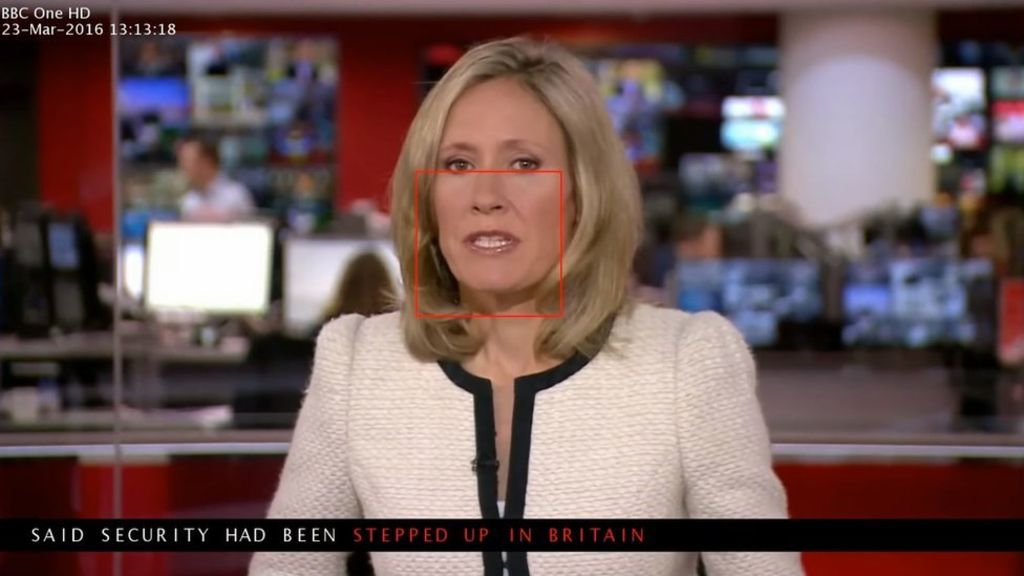
Scientists at Oxford say they’ve invented an artificial intelligence system that can lip-read better than humans.
The system, which has been trained on thousands of hours of BBC News programmes, has been developed in collaboration with Google’s DeepMind AI division.
“Watch, Attend and Spell”, as the system has been called, can now watch silent speech and get about 50% of the words correct. That may not sound too impressive — but when the researchers supplied the same clips to professional lip-readers, they got only 12% of words right.
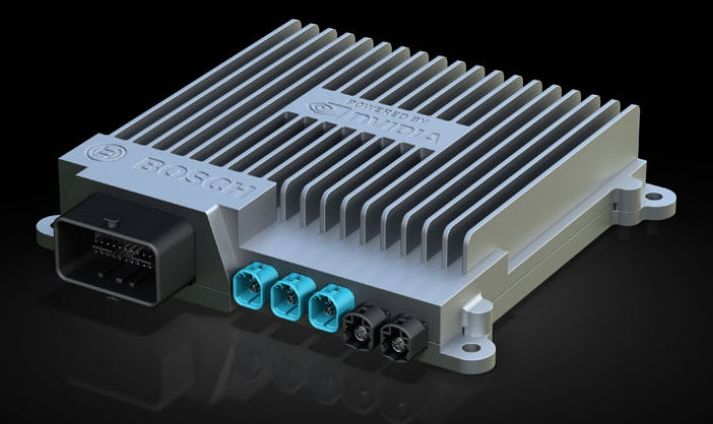
NVIDIA lined up quite a few partners at CES this year, including Audi and Mercedes, to use its powerful upcoming Xavier chip in autonomous vehicles. But days ago, Intel bought MobilEye for $15 billion to develop self-driving software and hardware to use across auto brands. To compete, automotive supplier Bosch announced a partnership today with the graphics chip maker to collaborate on an AI-powered self-driving computer intended for mass-market cars.
MobilEye corners about 70 percent of the market to supply integrated cameras, chips and software for advanced driver assistance systems (ADAS). As Bosch directly competes with the company, the NVIDIA partnership is a deeper commitment to continue building their tech in-house. The graphics chip maker introduced its upcoming Xavier processor to power the self-driving systems of tomorrow back at CES, but partnering with the automotive component giant can help get the chip into automakers’ cars at scale. The companies are aiming to release their self-driving computer system in 2020, according to Reuters.
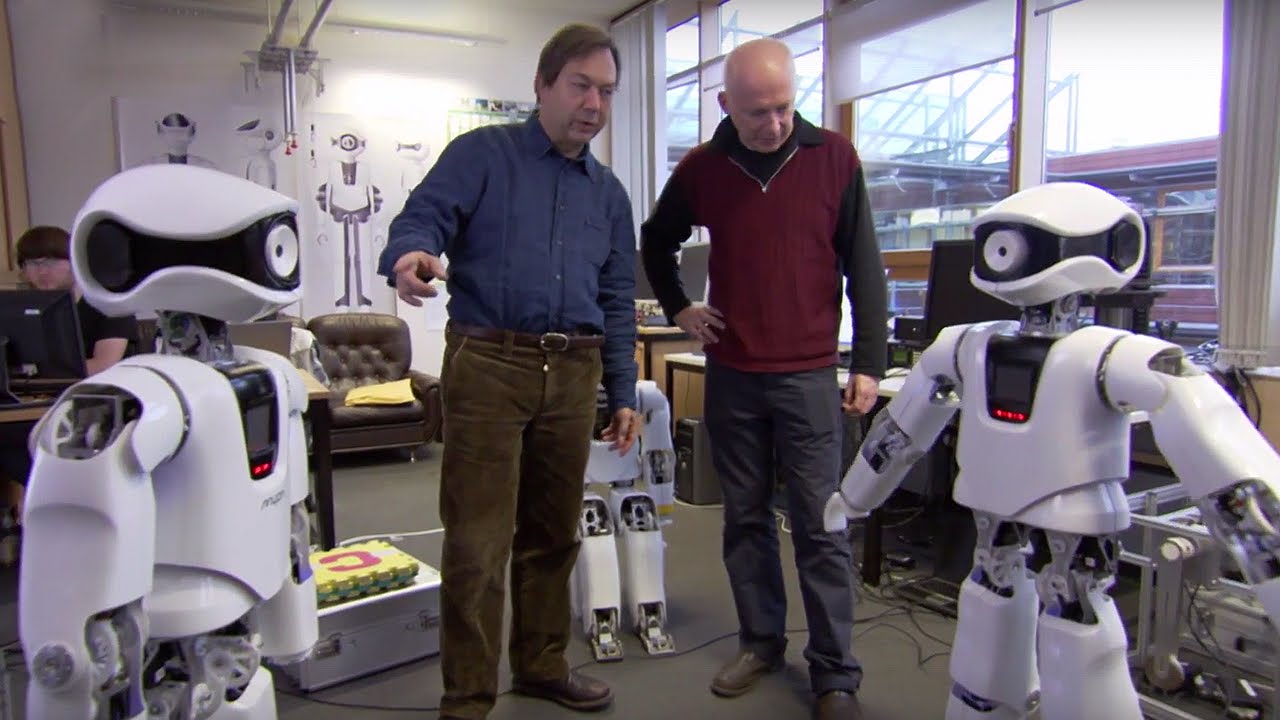
The workplace is going to look drastically different ten years from now. The coming of the Second Machine Age is quickly bringing massive changes along with it. Manual jobs, such as lorry driving or house building are being replaced by robotic automation, and accountants, lawyers, doctors and financial advisers are being supplemented and replaced by high level artificial intelligence (AI) systems.
So what do we need to learn today about the jobs of tomorrow? Two things are clear. The robots and computers of the future will be based on a degree of complexity that will be impossible to teach to the general population in a few short years of compulsory education. And some of the most important skills people will need to work with robots will not be the things they learn in computing class.
There is little doubt that the workforce of tomorrow will need a different set of skills in order to know how to navigate a new world of work. Current approaches for preparing young people for the digital economy are based on teaching programming and computational thinking. However, it looks like human workers will not be replaced by automation, but rather workers will work alongside robots. If this is the case, it will be essential that human/robot teams draw on each other’s strengths.